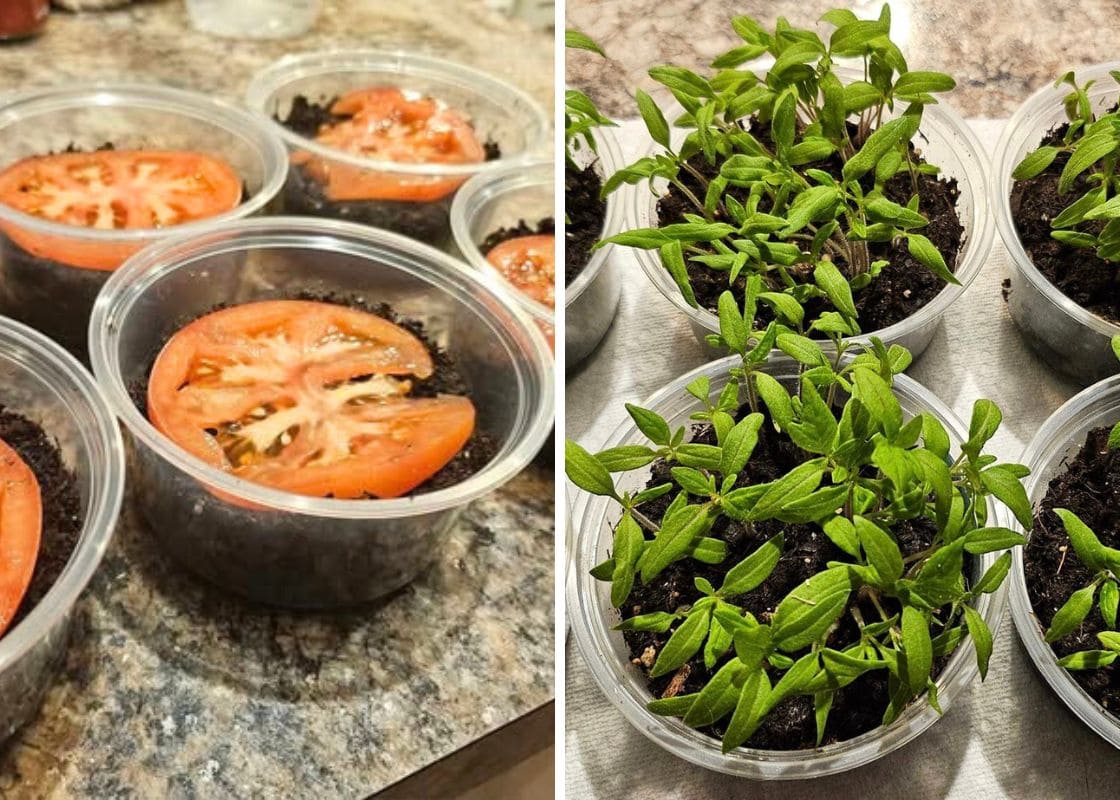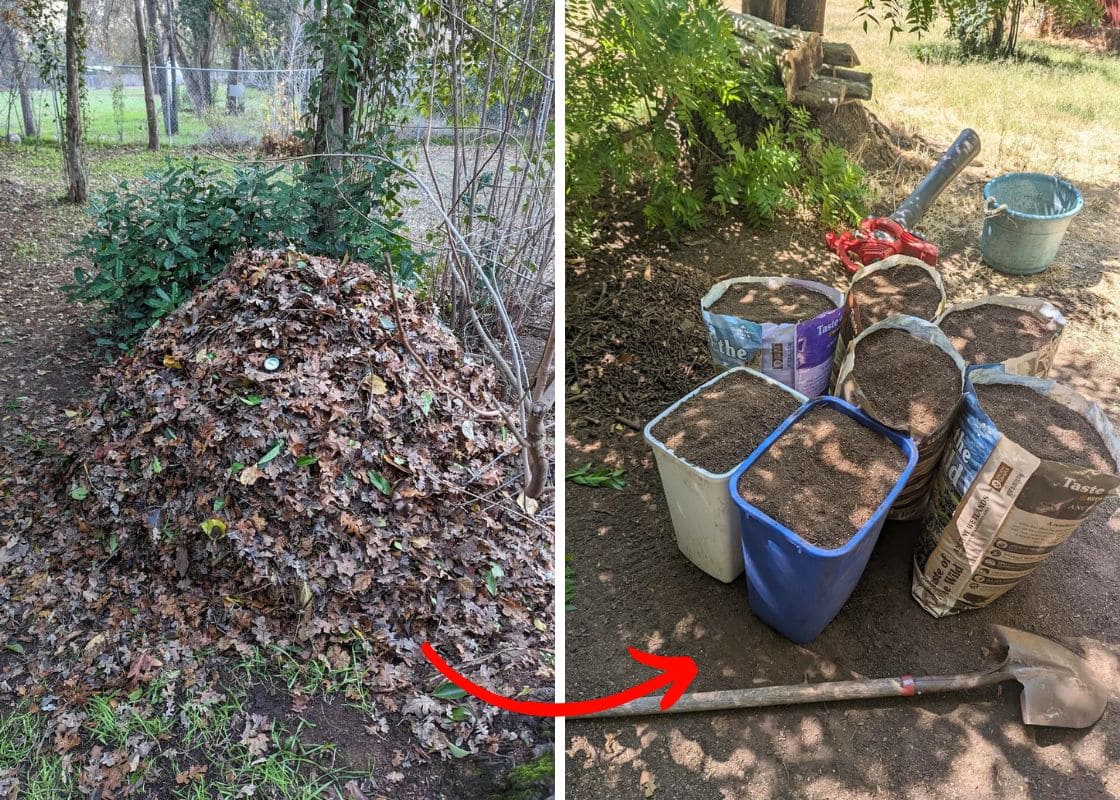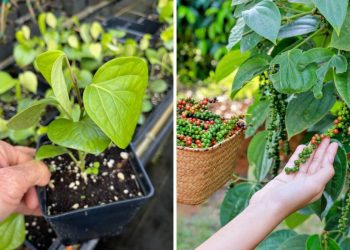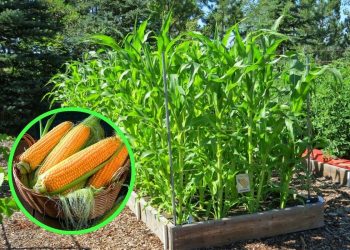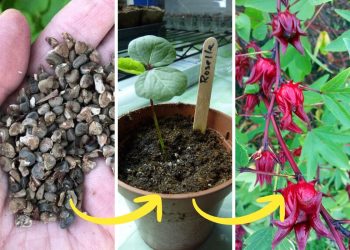Many gardeners often confuse gardenia and magnolia, and it’s easy to see why. Both plants boast beautiful, fragrant flowers and hold a prominent place in garden aesthetics.
Gardenias glossy green leaves and creamy white blooms. Magnolias, known for their large, impressive flowers, sometimes resemble the slightly smaller but equally captivating blooms of Gardenias.
I’ve noticed this confusion in my gardening community as well. A neighbor once complimented my “Gardenia tree,” pointing to my Magnolia grandiflora, highlighting how similar their flowers can appear.
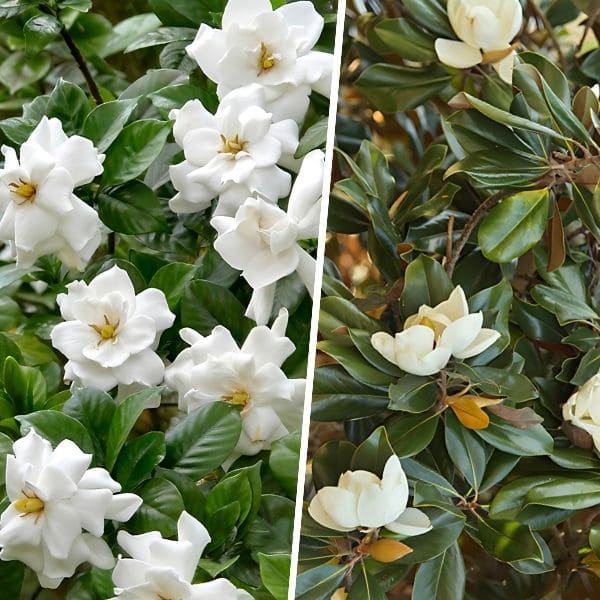
| Gardenia | Magnolia | |
| Scientific name | Gardenia jasminoides | Magnolia grandiflora |
| Family | Rubiaceae | Magnoliaceae |
| Plant type | Evergreen shrub | Deciduous or evergreen tree |
| Height | 3-6 feet | 60-80 feet |
| Light | Partial shade to full sun | Full sun to partial shade |
| Flower color | White, Cream | White, Pink, Purple |
| Bloom time | Late spring to early summer | Spring to summer |
| Habitat | Subtropical to tropical regions | Temperate to subtropical regions |
| Native | Asia, primarily China and Japan | North and Central America, East Asia |
The Differences Between Gardenia And Magnolia
#1. Scientific Classification and Botanical Characteristics
Gardenias, scientifically known as Gardenia jasminoides, belong to the Rubiaceae family and are evergreen shrubs. Their lush, dark green foliage and fragrant white flowers make them a favorite in smaller gardens.
Magnolias, on the other hand, are classified as Magnolia grandiflora and belong to the Magnoliaceae family. They can be either deciduous or evergreen trees, often towering over gardens with their grand stature and large, showy blooms.
#2. Physical Characteristics
Both plants can produce beautiful white flowers, which is a primary reason for the mix-up, especially when seen from a distance.
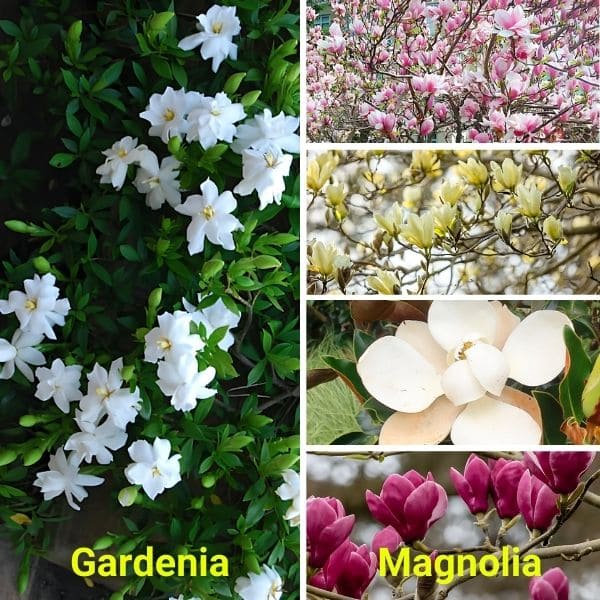
Gardenias are relatively small, reaching a height of 3-6 feet. This makes them ideal for garden borders or containers, where they can add structure and beauty without overwhelming the space.
Their flowers, typically white or cream, are highly fragrant, filling the air with a sweet, heady scent, especially in late spring to early summer.
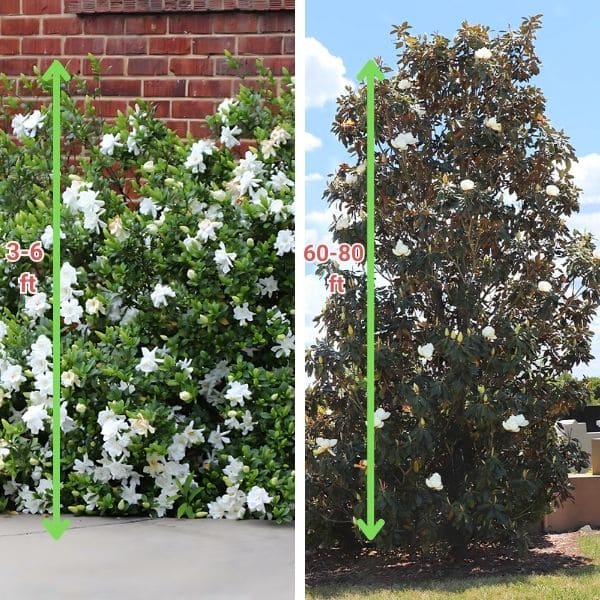
In contrast, Magnolias are much larger, growing to an impressive height of 60-80 feet. This significant size difference makes them perfect as focal points in larger landscapes.
The flowers of magnolia trees are a real showstopper-they can be white, pink, or purple and are often large and dramatic, blooming from spring to summer, with some species even starting earlier.
#3. Fragrance and Flower Characteristics
Gardenias are renowned for their intensely sweet, almost cloying fragrance that can fill a room. This scent, rich and buttery with hints of jasmine or tuberose, is due to compounds like beta-ionone, linalool, and benzyl acetate, making them popular for perfumes and candles.
Their smaller flowers, about 2-3 inches in diameter, are especially potent in the evening.
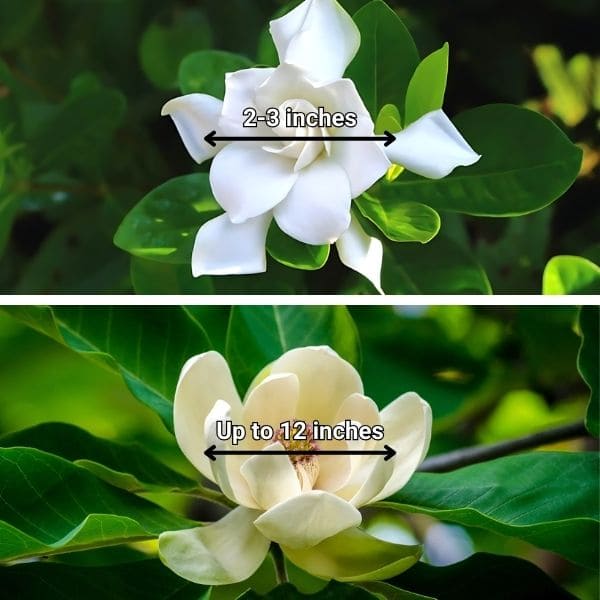
Magnolias, on the other hand, have a more delicate and refreshing scent. Their citrusy, floral, and slightly spicy aroma evokes a sense of spring, thanks to compounds like linalool, eugenol, methyl salicylate, and limonene.
The larger flowers, up to 12 inches in diameter, provide a gentle, soothing fragrance.
#4. Environmental Preferences and Habitat
Gardenias, which originate from the subtropical and tropical regions of Asia, primarily China and Japan. They thrive in acidic soil and need mild winters coupled with humid summers. Providing consistent acidity in the soil and ensuring sufficient humidity makes gardenias flourish.
Magnolias, on the other hand, are native to temperate to subtropical regions, including North and Central America and East Asia. They are incredibly adaptable, thriving in slightly acidic to neutral soils and tolerating a range of climates.
The Similarities Between Gardenia And Magnolia
#1. Scientific Classification and Clades
Gardenias and Magnolias belong to the clades Angiosperms, Eudicots, and Asterids, highlighting their common ancestry among flowering plants.
#2. Ornamental Value
Gardenias and magnolias are prized choices for enhancing garden beauty. Their stunning flowers are a major draw, with gardenias boasting intensely fragrant, creamy white blooms, and magnolias showcasing large, dramatic flowers in shades of white, pink, and purple.
Both plants are frequently used in ornamental gardening to add elegance and charm. Whether you’re planting them in containers, garden borders, or as focal points, their aesthetic appeal transforms any space into a lush, floral paradise.
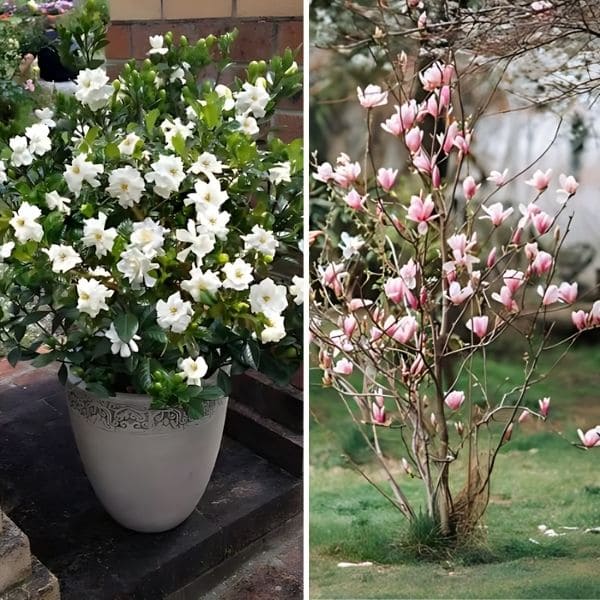
Fragrance
Every morning, stepping into garden is a sensory delight thanks to the fragrant blooms of gardenias and magnolias.
The strong, sweet scent of gardenias fills the air near the patio, creating a welcoming atmosphere as I start my day. Meanwhile, the lighter, more subtle aroma of magnolias adds a refreshing note, gently wafting through the yard.
Growth Conditions
Gardenias and magnolias are adaptable to various garden settings. Gardenias thrive in partial shade to full sun, while magnolias prefer full sun but can also tolerate partial shade.
Both plants flourish in well-drained soils, though gardenias need acidic soil rich in organic matter, whereas magnolias are happy in slightly acidic to neutral soil.
Cultural Significance
Gardenias symbolize purity, love, and refinement. In many cultures, especially in Asia, these delicate white blooms are used in wedding bouquets and decorations, symbolizing the purity and beauty of new beginnings.
In Victorian England, Gardenias were often sent as a message of secret love and admiration.
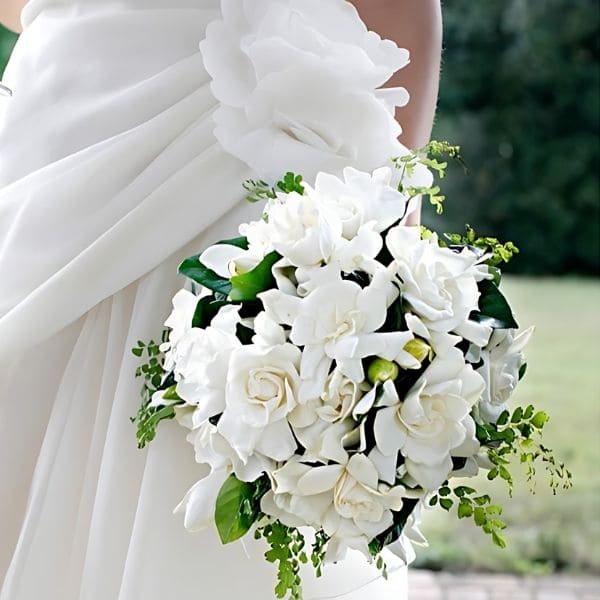
Magnolias, on the other hand, embody dignity, nobility, and perseverance. In the Southern United States, Magnolias are deeply revered for their resilience and grand presence, often seen as a representation of strength and beauty.
In Chinese culture, Magnolias are symbols of purity and nobility, often associated with feminine beauty and gentleness.
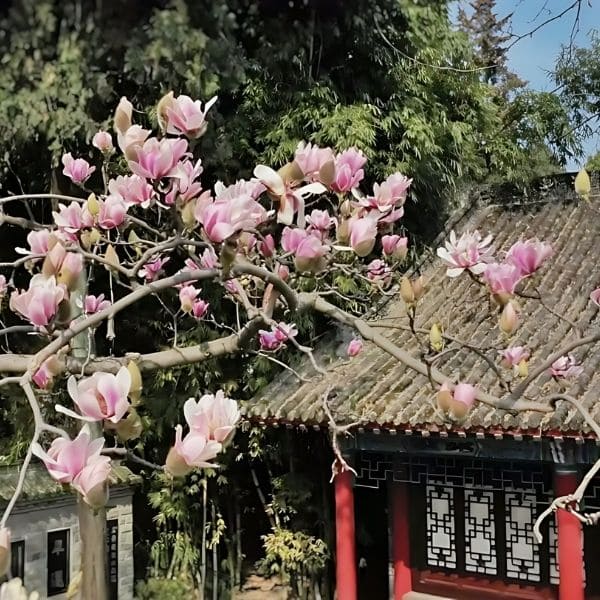
In addition, gardenias and magnolias hold significant places in the world of perfumery, thanks to their captivating fragrances.
Today, many famous perfume producers draw inspiration from these floral extracts, creating luxurious scents that evoke the elegance and serenity of a well-tended garden.
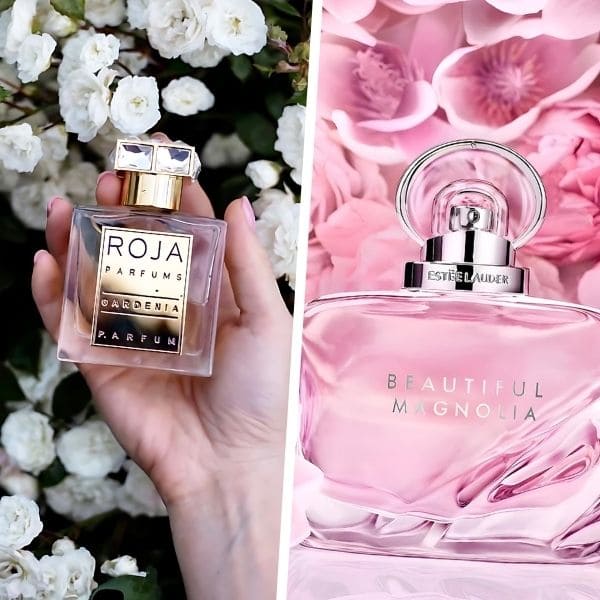
What to Choose Between Gardenia And Magnolia
Size and Space
Gardenias, evergreen shrubs that grow to 3-6 feet, are perfect for smaller gardens, hedges, or containers. Their compact size suits limited spaces wonderfully.
Conversely, Magnolias, which can reach 60-80 feet, need ample space to thrive, making them ideal for larger landscapes.
Fragrance
Gardenias offer an intense, sweet scent that can fill your garden, creating a rich, romantic atmosphere. In contrast, magnolias provide a lighter, more subtle aroma with citrusy and slightly spicy notes.
If you prefer a powerful, enveloping fragrance, gardenias are the way to go; if you lean towards a more delicate scent, choose magnolias.
Soil and Climate Preferences
Gardenias thrive in well-drained, acidic soil and need mild winters with humid summers. If you live in a warm, humid region, gardenias will flourish beautifully.
Magnolias, on the other hand, adapt well to slightly acidic to neutral soils and can handle a range of climates. If your climate is more temperate, magnolias might be the better choice.
Maintenance
Gardenias require regular care, including frequent watering, feeding with acidic fertilizers, and pruning to maintain their shape and health. If you are willing to invest time in their upkeep, gardenias will reward you with stunning blooms and fragrance.
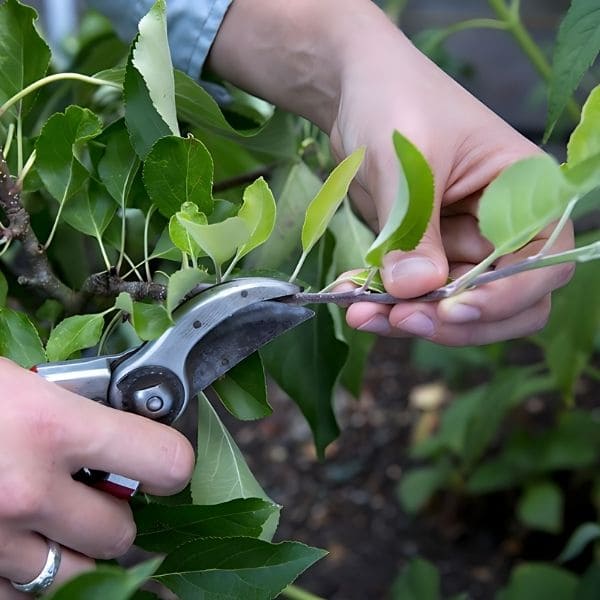
Magnolias, however, are relatively low-maintenance, needing minimal pruning and basic care. If you prefer a low-maintenance option, magnolias are the way to go.
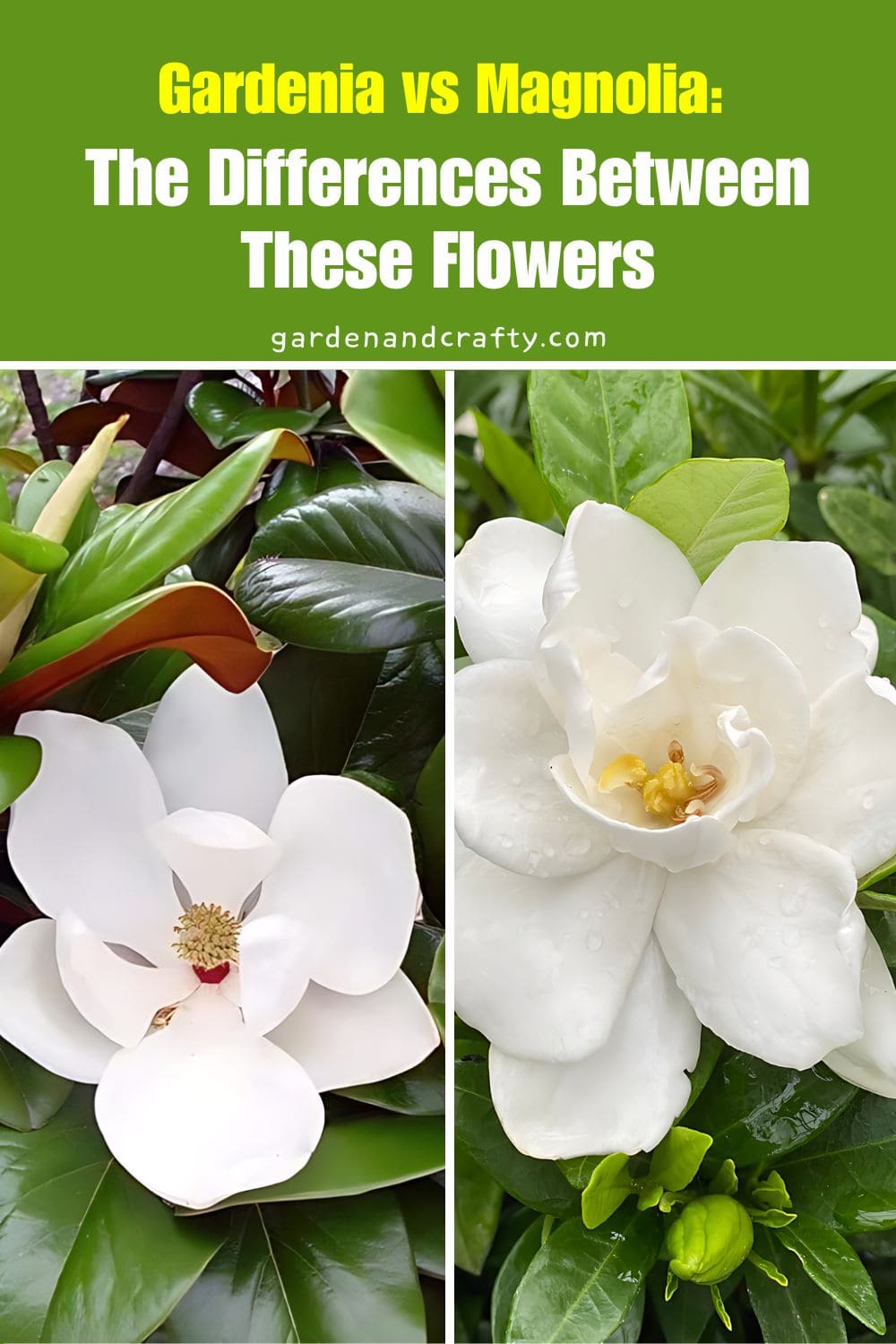
In conclusion, gardenia and magnolia each offer unique benefits in size, fragrance, and growth conditions, while both share significant ornamental value. Choose based on your garden’s needs, and enjoy the beauty each plant brings.

